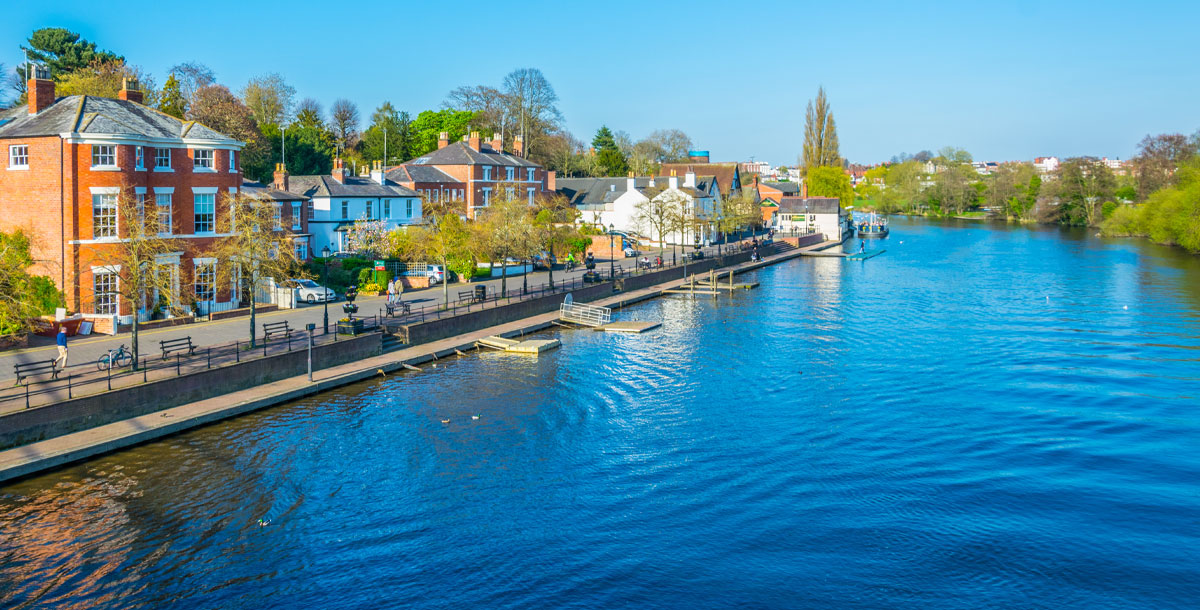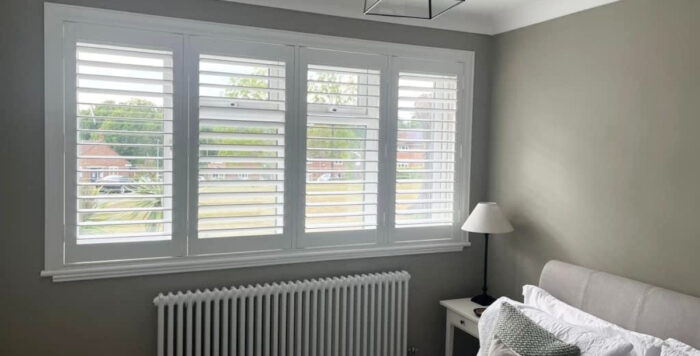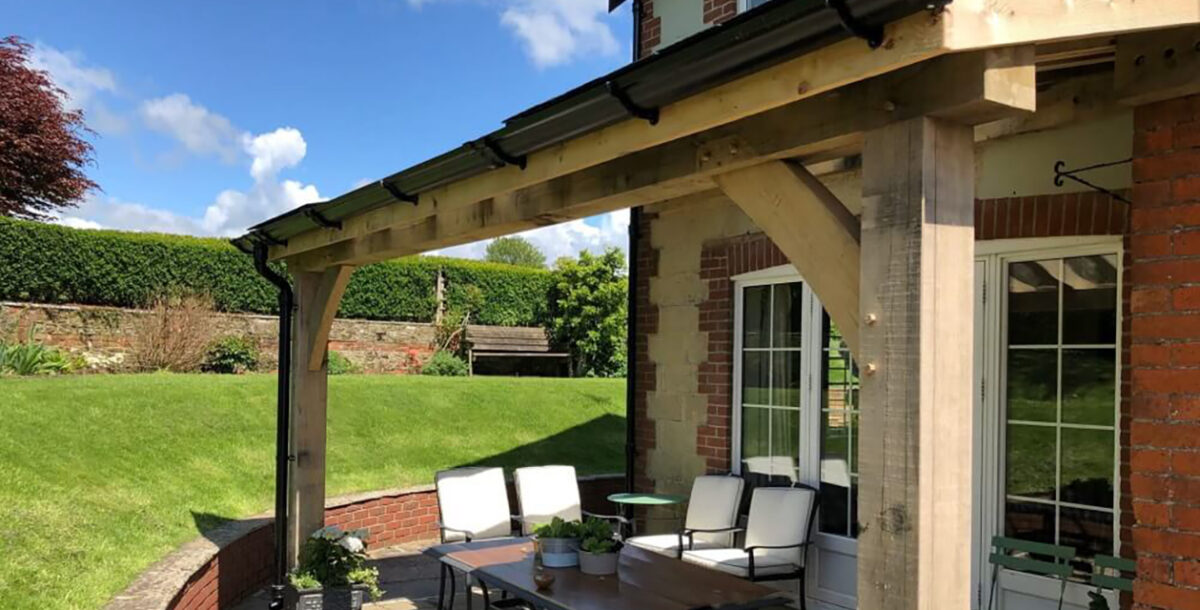How to flood-proof your home
The Environment Agency offers sound advice on bolstering defences and creating an action plan
The risk of flooding is more common than many people think. With climate change resulting in more frequent stormy and unpredictable weather, the risk to homes is greater. So if you’re wondering how to flood-proof your home, Julie Foley, Director of Flood Risk Strategy & National Adaptation at the Environment Agency, offers some sound advice.
Flood risk assessment
Being prepared and reducing the impact of a flood event is key. One-third of households at risk of flooding are unaware, so the first thing to do is check. Simply enter your postcode into the search bar on the flood risk assessment service on gov.uk, and this will tell you the risk-level for your home. You can also sign up for location-based flood alerts through the Flood Alert Service. Those without internet access can call the Environment Agency’s free service on 0345 988 1188.
Note that flood management is a devolved issue. Information on flood management in Scotland, Wales and Northern Ireland can be found via these links.
If you’re buying a plot to build a house, you can check key land considerations, including flood zones and public rights of way, using plot-finding tools like Addland.

This Grand Designs home in Buckinghamshire was designed to be flood-proof, but you can also retrofit your home with flood-resilience measures. Photo: Darren Chung
How to flood-proof your home
When considering how to flood-proof your home, it is worth spending some money. The effects of flooding reach beyond the cost of repairs and loss of sentimental items – the impact on mental health is also significant. Depression, anxiety and post-traumatic stress disorder can affect up to one-third of those who have been flooded.
Flood resilient designs have come a long way since they were first introduced, so adding flood-proof materials to your home doesn’t mean you have to sacrifice your interiors scheme. Here are some innovative materials and resources to consider:
- Flood-proof flooring: if you live in an area of flood risk, choose hard flooring such as tiles or stone as they will provide a better barrier to flood water, which can seep into floor boards, and can be easily cleaned.
- Flood-proof kitchen cupboards: kitchen cupboards and drawers are often the most difficult places to clean after a flood. Certified flood-proof kitchen cupboards and drawers, when fitted correctly by the right tradesperson, will not let in water. This saves money, time and peace of mind without sacrificing aesthetics. Look out for the BSI Kitemark for flood-resistant products, as this will mean an item has undergone thorough testing.
- Flood gates and doors: while popular, sandbags can let water in in minutes. If you are looking for a layer of protection that can be fitted quickly if needed, flood gates and flood doors offer your property a robust first line of defence.
- Find verified flood-proof materials: suppliers of verified flood products and services, from emergency flood kits to sandbags, flood doors and air brick protection, can be found on Bluepages.
- Consult an electrician: have your plug sockets fitted higher up the wall to help prevent water damage if a flood breaches your defences.
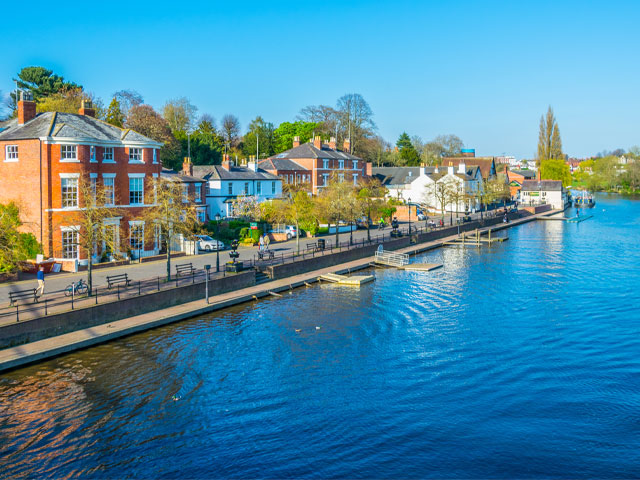
The River Dee in Chester burst its banks aftermath Storm Christoph in 2021. Photo: Dudlajzov/Adobe
How to prepare for a flood event
As well as fitting measures and materials to make your home as flood-proof as possible, it’s a good idea to create a detailed plan of what to do in the event of a flood. Discuss the plan with your neighbours so that you can all help each other. This is important if you or a neighbour are away when a flood warning is issued.
This flood preparation checklist may help:
- have a water vacuum ready to deal with minor barrier leaks
- fill a flood kit bag with key essentials such as warm clothes, snacks, important documents, your phone, laptop and a camera so that you can get online to seek help and document any flood damage for the insurers
- move electrical items and sentimental items upstairs or onto shelves or worktops to help keep them safe and dry
- turn off the gas and electricity at the mains
- be prepared for stripping out damaged materials and facilitating the drying out process as soon as possible should flooding occur
Flood support
There is support available for people at risk of, or who’ve been impacted by flooding. Flood Re is a joint initiative between the government and insurers to make flood cover more affordable as part of household insurance policies. The National Flood Forum is another great resource for more advice on the options available.
Flood-proofing case study
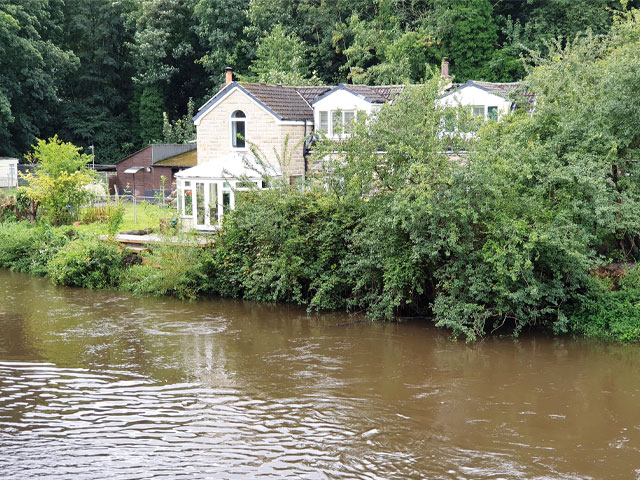
Martin Hughes’ flood-proof home sits on the banks of the River Aire in Leeds

